I believe I’ve said this more than once on my blog and elsewhere, writers are readers. One cannot write without reading. Yesterday, as part of ReFoReMo (Reading For Research Month) Alayne Kay Christian suggested four questions a writer should consider when analyzing mentor texts. These questions help you dig deeper than what the story is about (setting, characters, plot, conflict, resolution). These questions ask you examine the structure of the story including the opening sentences, page turns, unanswered questions, and story ending.
Mentor texts do not have to be classic stories, they can be, and should be, newer stories as well. I like to read new publications to find out what’s trending in picture books today. So, in addition to the stack of books recommended each day this month as part of ReFoReMo, I also have a continually growing stack of new books (recently published) to read from my library. I request books as soon as I hear about them and wait patiently until they are acquired by my library system. My holds shelf is bending from the weight of them! So this weekend, I took a few hours to dig into the stack with Alayne’s four questions in mind. Here are a few of my findings. Most of these books have more than one aspect which qualify it as a mentoring text, I only chose one for each title. I hope you’ll find them helpful as well.
Anticipatory Opening Sentences

written by Cece Meng
illustrated by Jago
Philomel Books, February 2016
Opening page: “In the end, on his very last day, Old Turtle swam his last swim and took his last breath. With his life complete, the gentle waves took him away. By dawn, everyone who knew Old Turtle knew he was gone.”
1st Spread: The sun sets over the ocean as Old Turtle’s friends watch the day end.

written by Jill Esbaum
illustrated by Keika Yamaguchi
Sterling Children’s Books, March 2016
Opening page: “Teeny! Help!”
1st Spread: A large toad is begin lifted off the ground by a huge hand. A little toad looks up in horror as her mother is carried away.
Tantalizing Page Turns

written and illustrated by Nancy Armo
Peachtree Publishers, March 2016
A story of an unlikely friendship between Mole who is afraid of the daylight and Wolf who is afraid of the dark.
Examples of tantalizing page turns: The illustrations show the footsteps of many animals running above Mole’s underground home. He wonders what is going on and goes up to investigate. (The reader also wonders.) Once out of his home he realizes this was a bad idea. (The reader worries about what might happen to Mole.) Mole panics and falls down. He stays hidden under a bush and falls asleep. But when he wakes up he hears a noise. He hopes it’s nothing scary. (The reader sees two eyes peering at Mole in the darkness, and hopes it’s nothing scary too.)

Oops Pounce Quick Run! An Alphabet Caper
written and illustrated by Mike Twohy
Balzer & Bray, February 2016
The nearly wordless story of an epic chase is told entirely in alphabetical order with only one word per page. Trying to figure out the next word and what will happen next will delight young and old readers alike.
Compelling Unanswered Questions

written by Cheryl Lawton Malone
illustrated by Bistra Masseva
Albert Whitman & Company, March 2016
Dario moves north from Brazil to Cape Cod with his mother in the spring. He speaks very little English. Will he make friends with the children who live there? Can he make friends with a whale calf who is migrating south with his mother? What will happen when the whale has to migrate?

written by Trisha Speed Shaskan
illustrated by Stephen Shaskan
HarperCollins, February 2016
When Buzz and Kit have an argument about what song to write next, they try to go it alone. Will they be able to rock on without each other? Will anyone dig their new sounds? Will the punk skunks get back together again, or will their music stink?
Satisfying Endings

written and illustrated by Barbara McClintock
Scholastic Press, February 2016
A parallel story about two ballerinas who have the same daily routines but whose lives do not intersect until the younger ballerina attends a performance one night with her family and the two meet backstage after the show.

written and illustrated by Suzanne Barton
Bloomsbury USA, February 2016
Peep has trouble waking up early in the morning to greet the dawn with the Dawn Chorus. He struggles with this until one evening when he learns that he is a nightingale! Now he sings with his new friends.

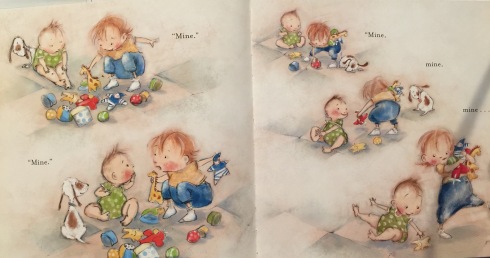
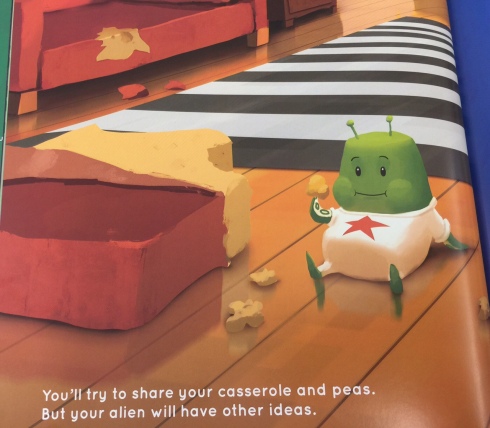
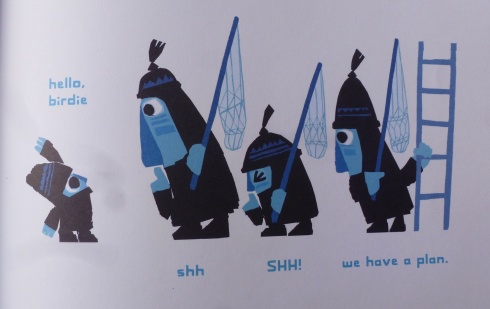

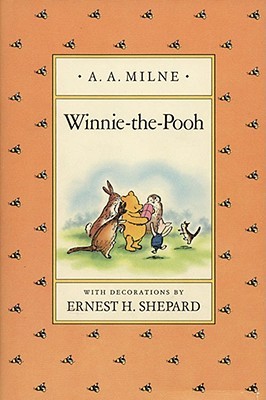
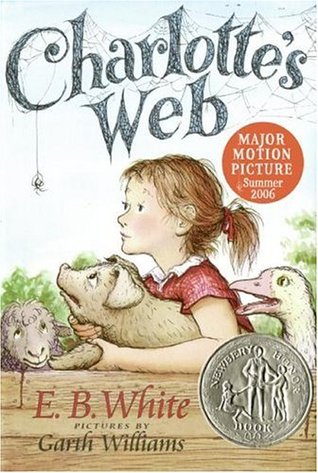
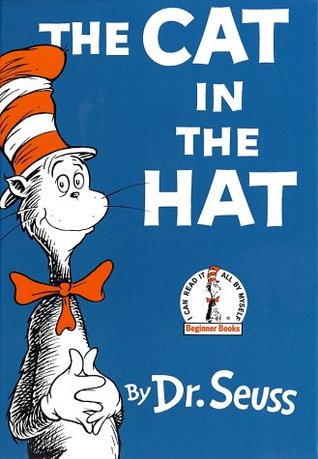
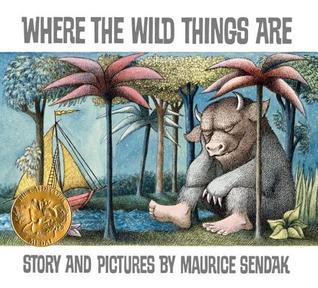
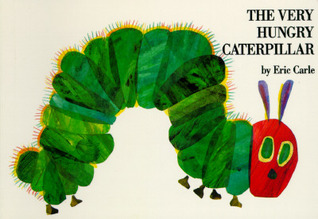
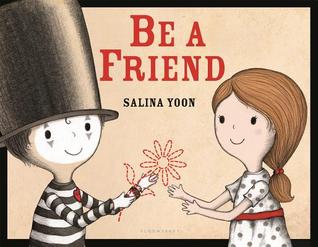
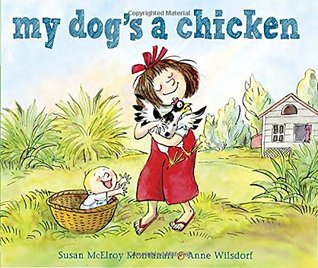
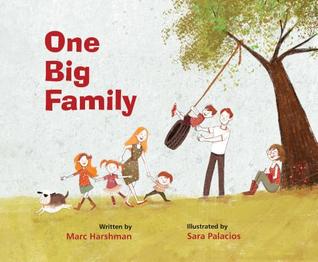
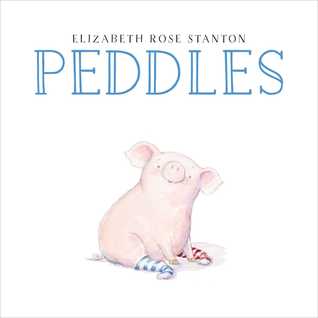
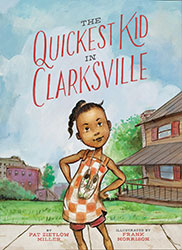 I’m running in place, listening to my feet pound the pavement.
I’m running in place, listening to my feet pound the pavement.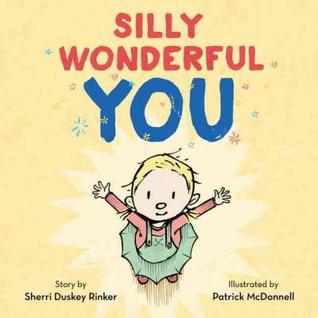
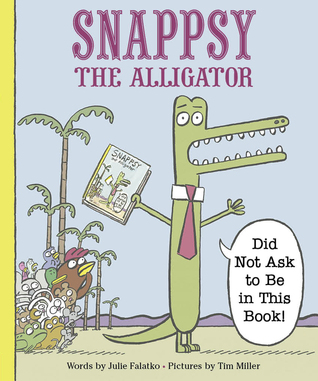
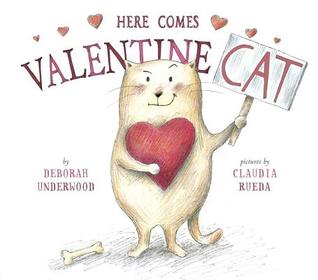
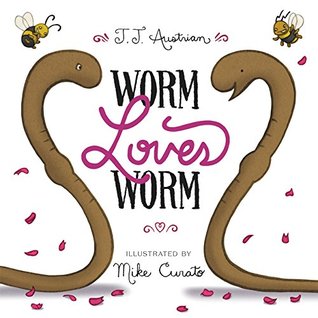

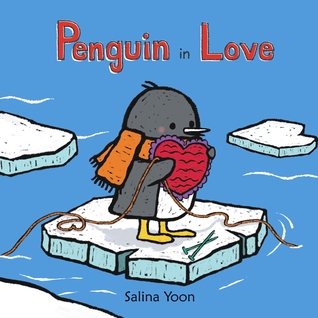

 Scene from The Peddler’s Bed illustrated by Bong Redila (Ripple Grove Press, 2015)
Scene from The Peddler’s Bed illustrated by Bong Redila (Ripple Grove Press, 2015) 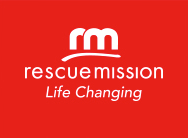
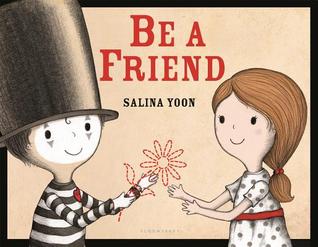
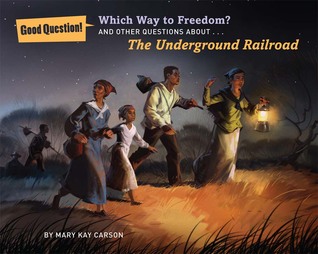
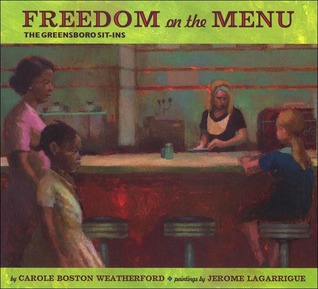
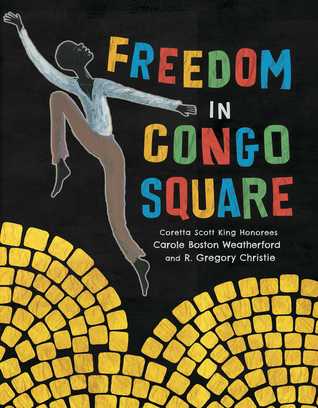
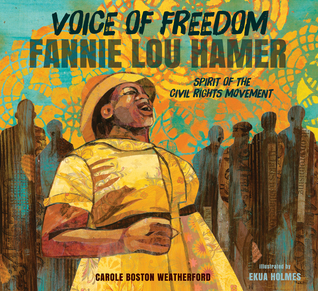
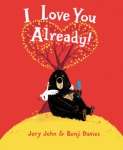 I Love You Already!
I Love You Already!










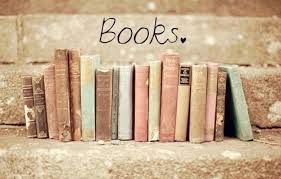 I’ve read hundreds of picture books this past year! My main goal was to discover the newest published picture books and share the ones I liked with an audience of teachers, parents, and anyone who reads to children. I feel so fortunate to have read and learned from over 360 books! Of course, as I read, I would stop and think ‘I love this book’. I would close my eyes and imagine reading it again to my granddaughters or to a room full of uplifted faces. Some books touched my heart, some tickled my funny bone, and some simply wormed their way into my mind and wouldn’t let go! These are the books I added to my list of mentor texts to inform my own writing.
I’ve read hundreds of picture books this past year! My main goal was to discover the newest published picture books and share the ones I liked with an audience of teachers, parents, and anyone who reads to children. I feel so fortunate to have read and learned from over 360 books! Of course, as I read, I would stop and think ‘I love this book’. I would close my eyes and imagine reading it again to my granddaughters or to a room full of uplifted faces. Some books touched my heart, some tickled my funny bone, and some simply wormed their way into my mind and wouldn’t let go! These are the books I added to my list of mentor texts to inform my own writing. Not using any specific criteria, these became my top picks for 2015. Below are my Fifteen Faves of Twenty Fifteen listed alphabetically (by title). You can click on the title of each book to read my summary of the story and see the activities I chose to go with each book.
Not using any specific criteria, these became my top picks for 2015. Below are my Fifteen Faves of Twenty Fifteen listed alphabetically (by title). You can click on the title of each book to read my summary of the story and see the activities I chose to go with each book.






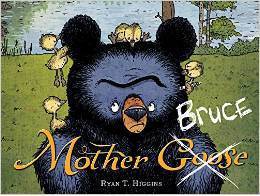












 Yay! I did it!
Yay! I did it!






 Five minutes. Not a lot of time. But when someone shares their expertise with you, five minutes is invaluable. And when you’re lucky enough to get more than five minutes of someone’s time… well, that’s just phenomenal.
Five minutes. Not a lot of time. But when someone shares their expertise with you, five minutes is invaluable. And when you’re lucky enough to get more than five minutes of someone’s time… well, that’s just phenomenal.








